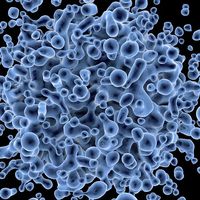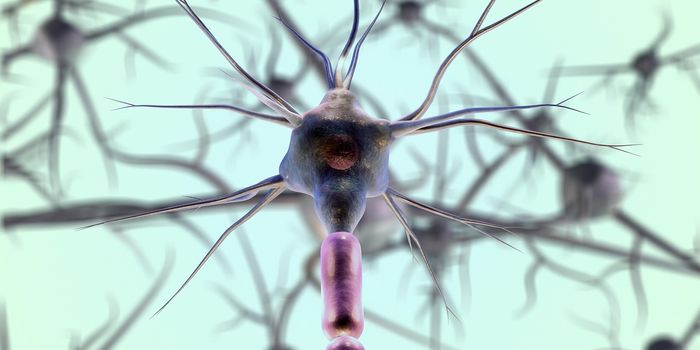New Mechanism Reveals How Tumors Evade Immune Detection
Scientists have dedicated their lives to finding a cure for cancer. America became a science hub for cancer research, particularly after President Richard Nixon declared the “war on cancer” in 1971. As a result, extensive research has been published on how cancer functions and different ways to target both solid and hematologic malignancies. Unfortunately, there is currently not a cure for cancer. Although some patients are treated and enter remission, tumors can reoccur. In addition, some tumor types are harder to treat than others. Although the science community is hopeful to effectively treat each type of cancer, more work is needed to discern why some tumors are harder to treat than others.
Many tumors evade the immune system through different mechanisms and mutations. Therapy-resistant cells may stay dormant for a period of time before proliferating, which results in cancer recurrence. Additionally, different surface markers prevent immune cell activation which target cancer. This allows the tumor to proliferate without an immune cell response. Many different immunotherapies being developed target these surface markers to activate T cells, which kill or lyse infections. The type of immunotherapy that refers to the blockade of cell-to-cell interactions is known as checkpoint inhibitors. Checkpoint proteins are surface markers that help the immune cell differentiate from self. More specifically, these cells provide a signal for immune cells to avoid lysing healthy cells and protect from autoimmunity. However, tumors use a selection of checkpoint proteins to avoid immune cell detection. Inhibition of these protein interactions has been successful and has even resulted in cancer remission. While studies show significant improvement in patients with checkpoint inhibitors or blockade, the mechanism that drives the anti-tumor response is still unclear.
A recent article published in Cell Reports, by Dr. Li Lily Wang and others, demonstrated another checkpoint protein that improves cancer therapy. V-domain Ig suppressor of T cell activation (VISTA) is a rising target for checkpoint blockade therapy. It is associated with tumor progression through its expression on myeloid-derived suppressor cells (MDSCs). MDSCs are highly immunosuppressive and allow the rapid progression of cancer. However, the connect between VISTA and MDSCs was previously unknown.
Wang and others, at the Cleveland Clinic, reported that blockade of VISTA results in significant tumor reduction. To further elucidate the mechanism that promoted this change, researchers investigated the different pathways associated with VISTA. Surprisingly, VISTA was involved in a feedback loop which promotes STAT3 – a gene that encodes for a protein responsible for cell function and survival. Prior attempts to reduce tumor growth by inhibiting STAT3 failed. However, blocking VISTA has become an indirect way to manipulate the STAT3 pathway. The connection between VISTA and STAT3 within MDSCs provides the mechanism to better treat tumors. In addition, toxicity is limited due to overly expressed VISTA on tumor infiltrating lymphocytes or immune cells and myeloid cells that promote cancer progression. Therefore, this VISTA checkpoint blockade is associated with increased tumor specificity and low adverse side effects.
Overall, Wang and others demonstrate for the first time that VISTA blockade acts through the STAT3 pathway in MDSCs, which results in tumor reduction. Additionally, this work builds on STAT3 literature and poses a solution to indirectly manipulate the protein which was previously ineffective. More work needs to be done to translate this therapeutic treatment to the clinic but provides promise for improved cancer immunotherapy.








